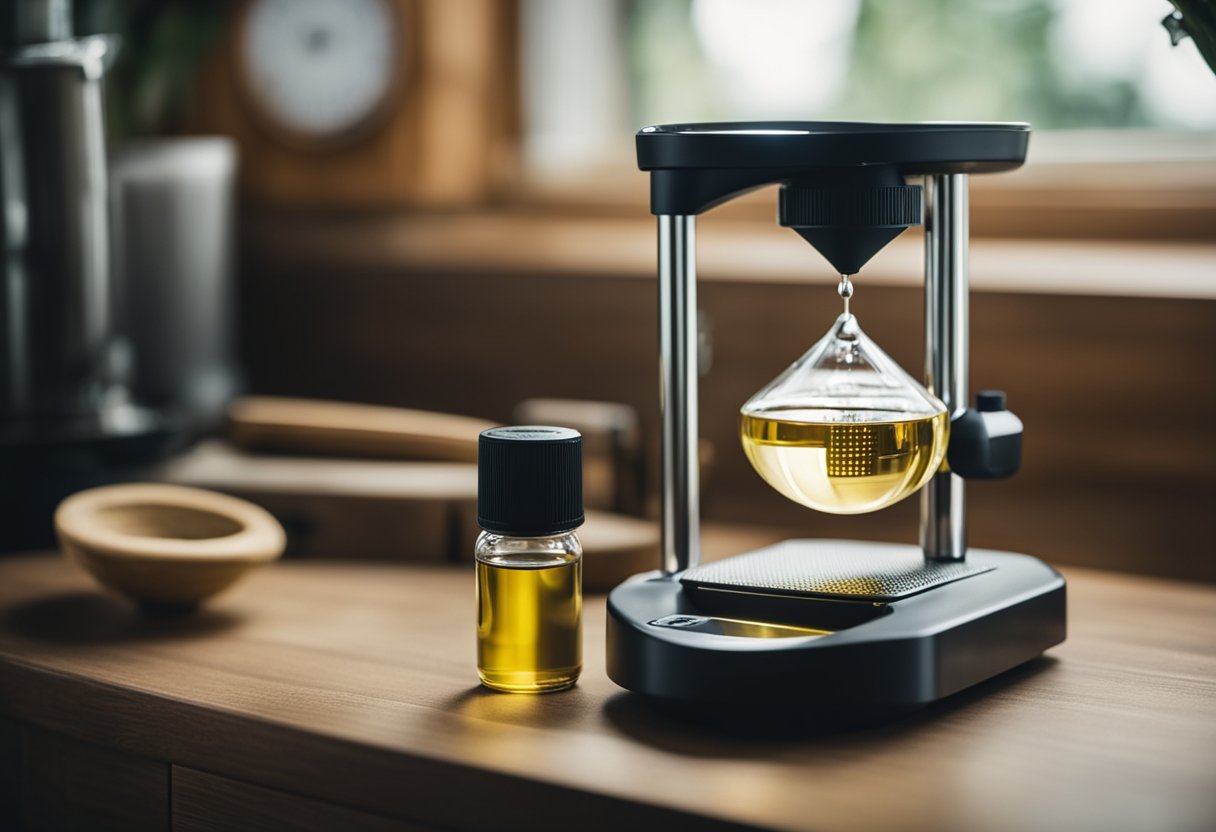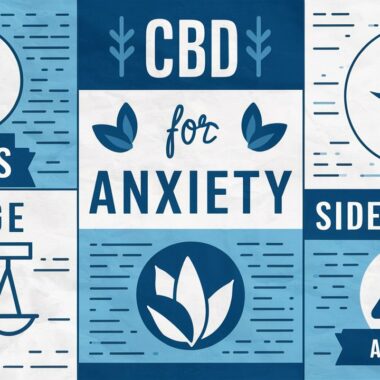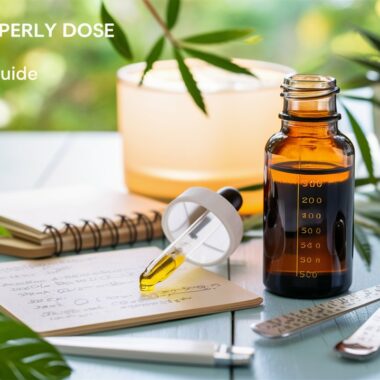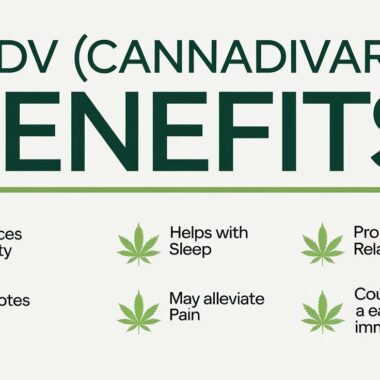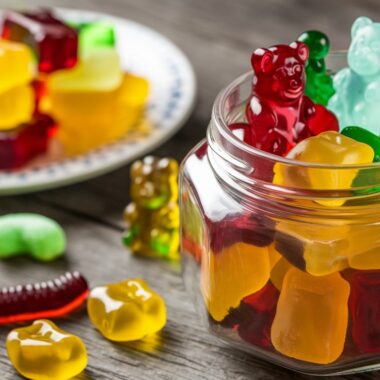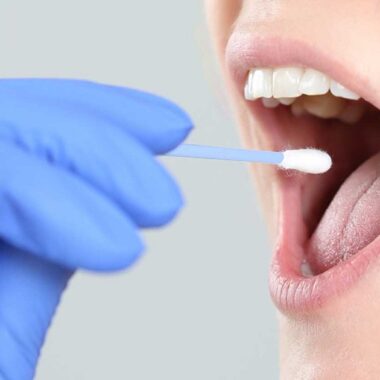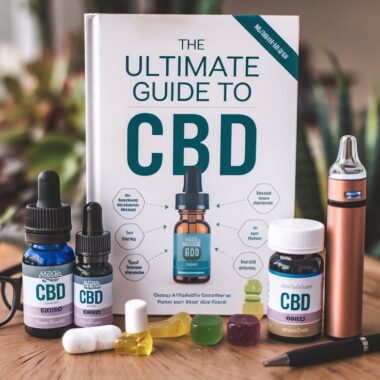Microdosing THC is a growing trend in the cannabis industry. It involves taking small doses of THC to experience the benefits of the compound without the psychoactive effects. Microdosing aims to find the minimum effective dose that provides the desired effects while avoiding the negative side effects associated with larger doses.
The benefits of microdosing THC can vary depending on the individual and their specific needs. Some people use it to manage chronic pain, anxiety, or depression, while others use it to enhance creativity, focus, or productivity. Microdosing can also help to reduce tolerance to THC, allowing users to consume less of the compound over time while still achieving the desired effects.
If you’re interested in trying microdosing THC, start with a low dose and gradually increase it until you find the right amount for your needs. It’s also essential to use high-quality products that are accurately labeled and tested for potency and purity. With the right approach, microdosing THC can be a safe and effective way to experience the benefits of cannabis without the unwanted side effects.
Understanding THC Microdosing

If you want to benefit from the therapeutic effects of THC without experiencing the intense sensations of a high dose, microdosing THC could be a viable option for you. This section will delve into the concept of microdosing, its advantages, and possible risks and side effects.
Concept of Microdosing
Microdosing is a method of consuming cannabis that involves taking small amounts of THC over some time. The idea behind microdosing is to take a large enough dose of a substance to produce therapeutic effects, but small enough to avoid intoxication. This approach allows users to maintain their daily routines and responsibilities while potentially benefiting from the therapeutic effects of THC.
Benefits of Microdosing THC
Microdosing THC has gained popularity in recent years as a way to experience the therapeutic effects of cannabis without the overwhelming sensations of a high dose. One recent clinical trial found that microdosing just 1 mg of THC, or even 0.5 mg, was effective at relieving chronic pain [1]. Microdosing THC may also help to reduce anxiety, depression, and stress, improve focus and creativity, and enhance mood.
Potential Risks and Side Effects
While microdosing THC may offer several potential benefits, and not without risks. The most common side effects of THC are dry mouth, red eyes, increased heart rate, and impaired coordination. Higher doses of THC can lead to more severe side effects, including paranoia, anxiety, and hallucinations. Moreover, THC can be addictive, and long-term use can lead to memory impairment and other cognitive deficits.
In conclusion, microdosing THC can be an effective way to experience the therapeutic effects of cannabis without the overwhelming sensations of a high dose. However, be aware of the potential risks and side effects associated with THC consumption and to consult with a healthcare professional before starting a microdosing regimen.
Methods of Microdosing THC

When it comes to microdosing THC, there are several methods you can choose from. Each method has its benefits and drawbacks, so it’s important to find the one that works best for you. In this section, we’ll explore the most common methods of microdosing THC.
Sublingual Administration
Sublingual administration involves placing a few drops of THC tincture under your tongue. Tinctures are a liquid form of THC that can be easily measured and dosed. This method is popular because it allows for precise dosing and a fast onset of effects. When you place the tincture under your tongue, the THC is absorbed directly into your bloodstream through the sublingual gland. This means that you’ll feel the effects of the THC within 15–45 minutes.
Inhalation Techniques
Inhalation techniques involve smoking or vaporizing THC. This method is popular because it allows for a fast onset of effects and precise dosing. When you inhale THC, it gets absorbed into your bloodstream through your lungs. This means that you’ll feel the effects of the THC within a few minutes. However, inhalation techniques can be harsh on your lungs and may not be the best option for people with respiratory issues.
Edibles and Capsules
Edibles and capsules are another popular method of microdosing THC. Cannabis edibles are food products that are infused with THC, while capsules are filled with THC oil. This method is popular because it allows for precise dosing and long-lasting effects. When you consume an edible or capsule, the THC is absorbed into your bloodstream through your digestive system. This means that you’ll feel the effects of the THC within 30 minutes to 2 hours. However, it’s important to note that edibles and capsules can be difficult to dose accurately and may have unpredictable effects. Start with a low dose and wait at least 2 hours before consuming more.
Overall, there are several methods of microdosing THC to choose from. It’s necessary to find the one that works best for you based on your individual needs and preferences. Whether you prefer sublingual administration, inhalation techniques, or edibles and capsules, make sure to start with a low dose and wait to feel the effects before consuming more.
Determining the Right Dose

When it comes to microdosing THC, determining the right dose can be a bit tricky. Here are some tips to help you find the right dose for your needs:
Start low and go slow.
The key to microdosing THC is to start with a low dose and gradually increase it until you achieve the desired effect. According to NuggMD, a popular cannabis telemedicine platform, a microdose of THC is typically around 2.5 milligrams (mg) or less. However, the ideal dose can vary depending on your individual needs and tolerance level.
Dose Titration
Dose titration is the process of gradually increasing the dose of THC until you achieve the desired effect. According to Healer, a cannabis education and research platform, some patients experience therapeutic results with doses as low as 1 mg of THC daily and as high as 1,000 mg or more daily. However, it’s important to note that higher doses can increase the risk of adverse effects, such as anxiety, paranoia, and impaired coordination.
Personal Tolerance Levels
Everyone’s tolerance level for THC is different, so what works for one person may not work for another. It’s advisable to pay attention to how your body reacts to THC and adjust your dose accordingly. If you’re new to cannabis or haven’t used it in a while, it’s best to start with a low dose and gradually increase it as needed. If you’re a regular cannabis user, you may need a higher dose to achieve the desired effect.
Determining the right dose for microdosing THC requires some trial and error. Start with a low dose, gradually increase it until you achieve the desired effect, and pay attention to your body’s reaction to THC. With patience and experimentation, you can find the right dose for your individual needs.
Microdosing THC for Medical Use

Microdosing THC is a technique that involves taking small doses of cannabis to reap the medical benefits of THC while avoiding its psychoactive effects that can interfere with the daily routine. Microdosing THC is becoming increasingly popular among medical cannabis users because it allows them to manage their symptoms without experiencing the “high” associated with larger doses.
Chronic Pain Management
Microdosing THC can be an effective way to manage chronic pain. THC has been shown to have analgesic properties, which means it can help reduce pain levels. According to a study published in the Journal of Pain, patients who used cannabis experienced a significant reduction in pain intensity and an improved quality of life.
Mental Health Conditions
Microdosing THC can also be helpful for individuals with mental health conditions such as anxiety and depression. THC has been shown to have anxiolytic and antidepressant effects, which means it can help reduce anxiety and depression symptoms. However, THC can also have the opposite effect in some individuals, so start with a low dose and monitor the effects carefully.
Neurological Disorders
Microdosing THC may also be beneficial for individuals with neurological disorders such as multiple sclerosis (MS) and epilepsy. THC has been shown to have neuroprotective properties, which means it can help protect the brain and nervous system. According to a study published in the Journal of Neurology, Neurosurgery, and Psychiatry, THC can help reduce spasticity and pain in patients with MS.
Microdosing THC can be an effective way to manage a variety of medical conditions. However, it’s always a good idea to consult with a healthcare professional before using cannabis for medical purposes. Also recommended is to start with a low dose and monitor the effects carefully to avoid unwanted side effects.
Microdosing THC for Wellness
If you’re looking for a way to experience the benefits of THC without the psychoactive effects, microdosing may be the answer. By taking small amounts of THC, you can reap the benefits of this powerful cannabinoid without getting high. Here are some of the ways microdosing THC can improve your wellness.
Enhancing Creativity
Microdosing THC can help stimulate creativity and enhance your ability to think outside the box. THC has been shown to increase dopamine levels in the brain, which can lead to more creative thinking and problem-solving. By taking small amounts of THC throughout the day, you can keep your brain in a state of heightened creativity without getting too high.
Improving Focus
If you struggle with staying focused, microdosing THC may be able to help. THC has been shown to increase focus and attention by activating certain receptors in the brain. By taking small amounts of THC, you can improve your ability to concentrate without feeling overwhelmed or distracted.
Stress Reduction
One of the most well-known benefits of THC is its ability to reduce stress and anxiety. By taking small amounts of THC throughout the day, you can keep your stress levels in check and improve your overall sense of well-being. THC works by interacting with the endocannabinoid system, which plays a key role in regulating stress and anxiety levels.
For the most part, microdosing THC can be a safe and effective way to improve your wellness. By taking small amounts of THC throughout the day, you can experience the benefits of this powerful cannabinoid without getting too high. Just be sure to start with a low dose and work your way up slowly to avoid any unwanted side effects.
Legal and Regulatory Considerations
When it comes to microdosing THC, there are several legal and regulatory considerations that you should keep in mind. In this section, we will discuss state-specific laws, federal regulations, and traveling with THC.
State-Specific Laws
The legality of THC varies from state to state. Some states have legalized marijuana for both medicinal and recreational use, while others have only legalized it for medicinal use. In some states, it’s still completely illegal.
If you live in a state where marijuana is legal, familiarize yourself with the specific laws and regulations in your state. This includes understanding the amount of THC that is legal to possess and the rules surrounding purchasing and consuming THC products.
Federal Regulations
While some states have legalized marijuana, it’s still illegal at the federal level. This means that if you are caught possessing or using marijuana on federal property or in a state where it’s illegal, you could face serious legal consequences.
The FDA has not approved marijuana for medical use. This means that any claims about the health benefits of microdosing THC are not backed by the FDA and should be taken with a grain of salt.
Traveling with THC
If you are planning to travel with THC, research the laws and regulations surrounding this. If you are traveling within a state where marijuana is legal, you may be able to travel with it within the state. However, if you are traveling across state lines or internationally, you could face serious legal consequences.
Keep in mind that some airports and other transportation hubs have strict rules surrounding marijuana possession. If you are caught with marijuana in these areas, you could face serious legal consequences.
Understand the legal and regulatory considerations surrounding microdosing THC. This includes understanding state-specific laws, federal regulations, and rules surrounding traveling with THC. By staying informed and following the rules, you can safely and legally microdose THC.
Best Practices for Microdosing THC
If you’re new to microdosing THC, there are a few best practices you should follow to ensure a safe and effective experience. Here are some tips to keep in mind:
Keeping a Dosage Journal
Keeping a dosage journal can help you keep track of your THC consumption and its effects on your body. In your journal, you can record the amount of THC you consume, the method of consumption, and any effects you experience. This information can help you determine the optimal dose for your needs and avoid unwanted side effects.
Consulting Healthcare Professionals
Before starting a microdosing regimen, it’s important to consult with a healthcare professional. They can help you determine if microdosing THC is right for you and recommend a safe dosage based on your individual needs and medical history. Additionally, they can monitor your progress and adjust your dosage as needed.
Quality Control of Products
When microdosing THC, ensure that you’re using high-quality products. Look for products that have been tested by a third-party laboratory and have a certificate of analysis (COA) available. This can help ensure that the product contains the amount of THC advertised and is free of harmful contaminants.
By following these best practices, you can have a safe and effective microdosing experience. Remember to start with a low dose and gradually increase as needed, and always listen to your body’s response.
Frequently Asked Questions
How does microdosing THC differ from regular dosing for anxiety relief?
Microdosing THC involves consuming low doses of cannabis to achieve the most minimal noticeable effect in an attempt to improve your quality of life. This approach helps to minimize potential adverse side effects, making it perfect for beginners. Unlike regular dosing, microdosing THC allows you to experience the therapeutic benefits of THC without experiencing its psychoactive effects. It may help to alleviate anxiety symptoms without causing intoxication.
What are the recommended starting doses for THC microdosing?
The recommended starting dose for THC microdosing is 2.5 mg to 5 mg. Always start with a low dose and gradually increase the dosage until you reach the desired effects. Everyone’s tolerance level is different, so find the right dosage that works for you.
Can microdosing THC improve focus without causing intoxication?
Microdosing THC can improve focus without causing intoxication. THC has been shown to enhance cognitive function, including attention, memory, and learning. Microdosing THC can help you stay focused and alert without causing the psychoactive effects associated with regular dosing.
What are the potential benefits of microdosing THC for chronic pain management?
Microdosing THC may help manage chronic pain by reducing inflammation and pain perception. THC interacts with the body’s endocannabinoid system, which plays a crucial role in regulating pain, mood, and appetite. Microdosing THC can help alleviate pain without causing the psychoactive effects associated with regular dosing.
How frequently should one microdose THC to experience therapeutic effects?
The frequency of microdosing THC depends on individual needs and tolerance levels. start with a low dose and gradually increase the dosage until you reach the desired effects. Wait for at least two hours before taking another dose to avoid overconsumption.
Are there any known risks associated with microdosing THC?
While microdosing THC is safe and effective, there are potential risks associated with consuming cannabis products. These risks include impaired coordination, increased heart rate, and impaired memory and attention. Aways consult with a healthcare professional before starting a microdosing regimen.

